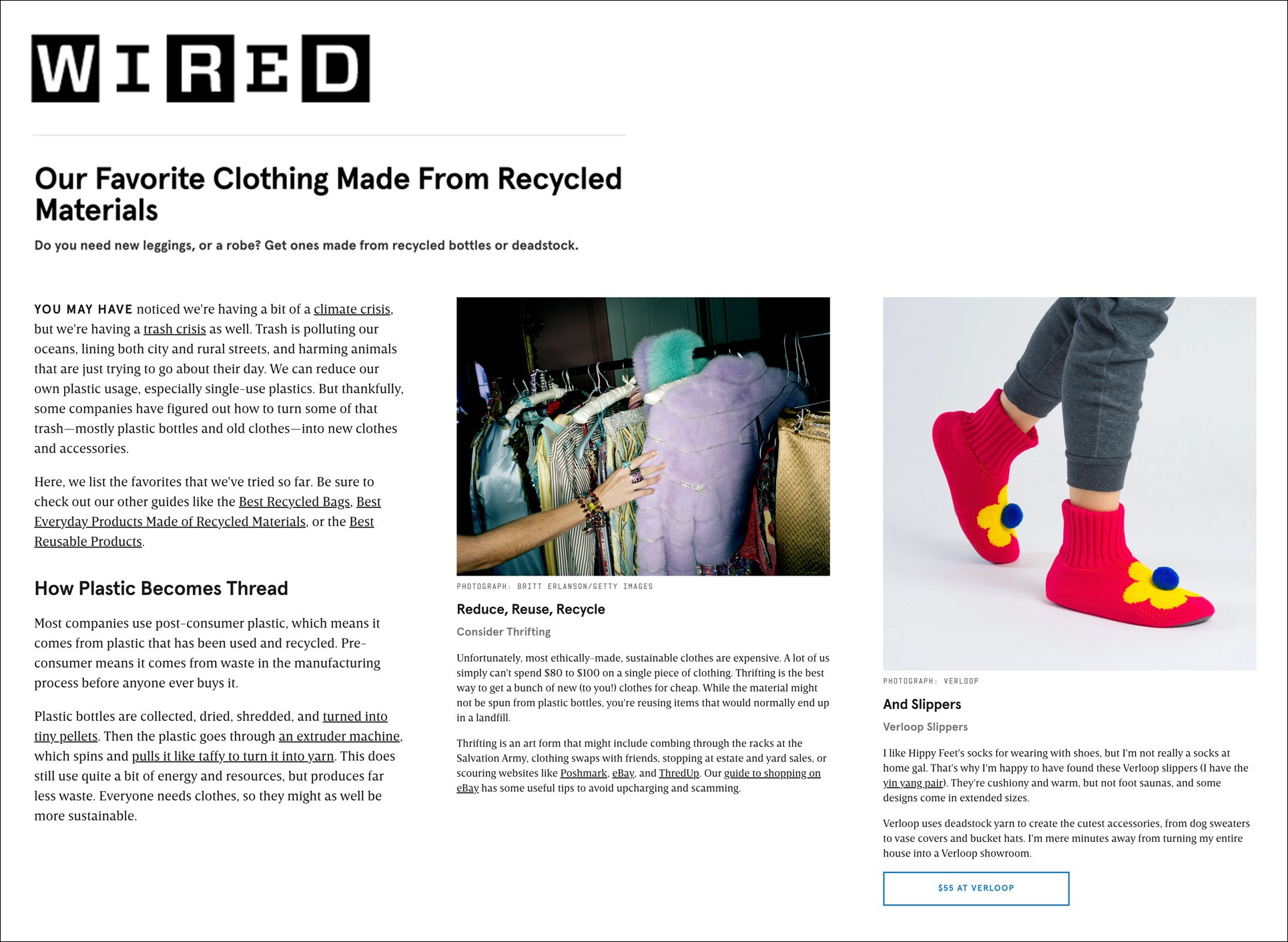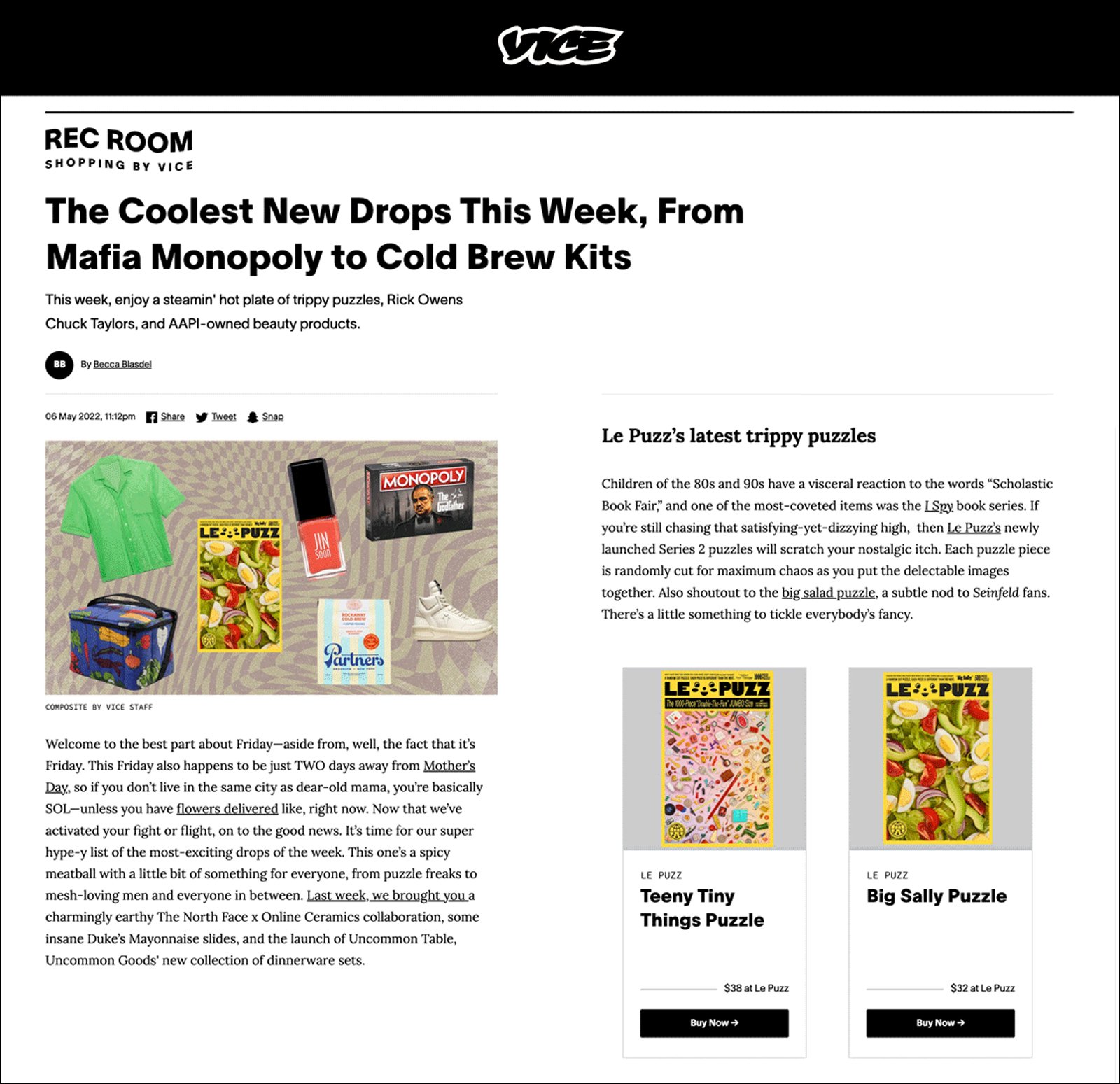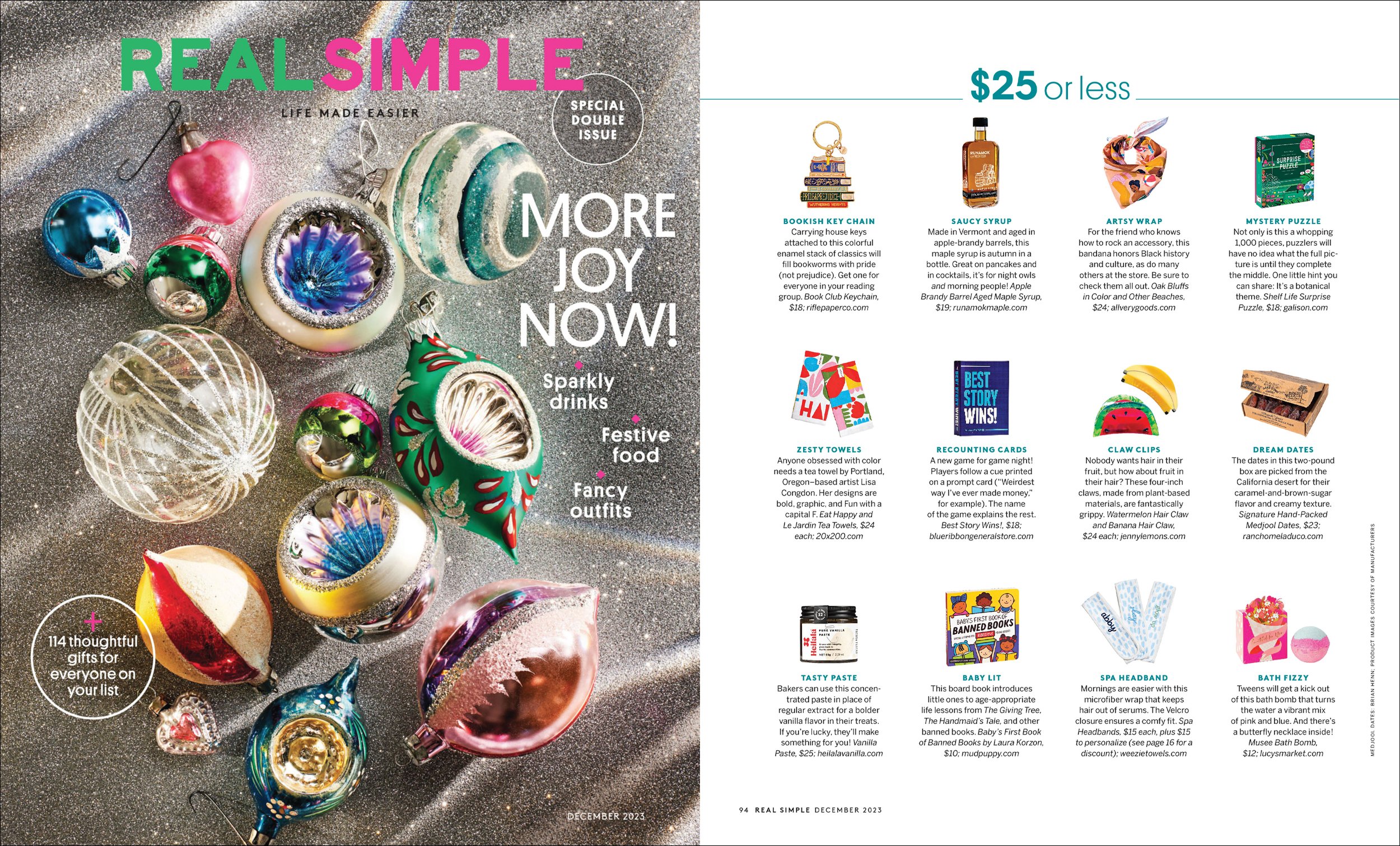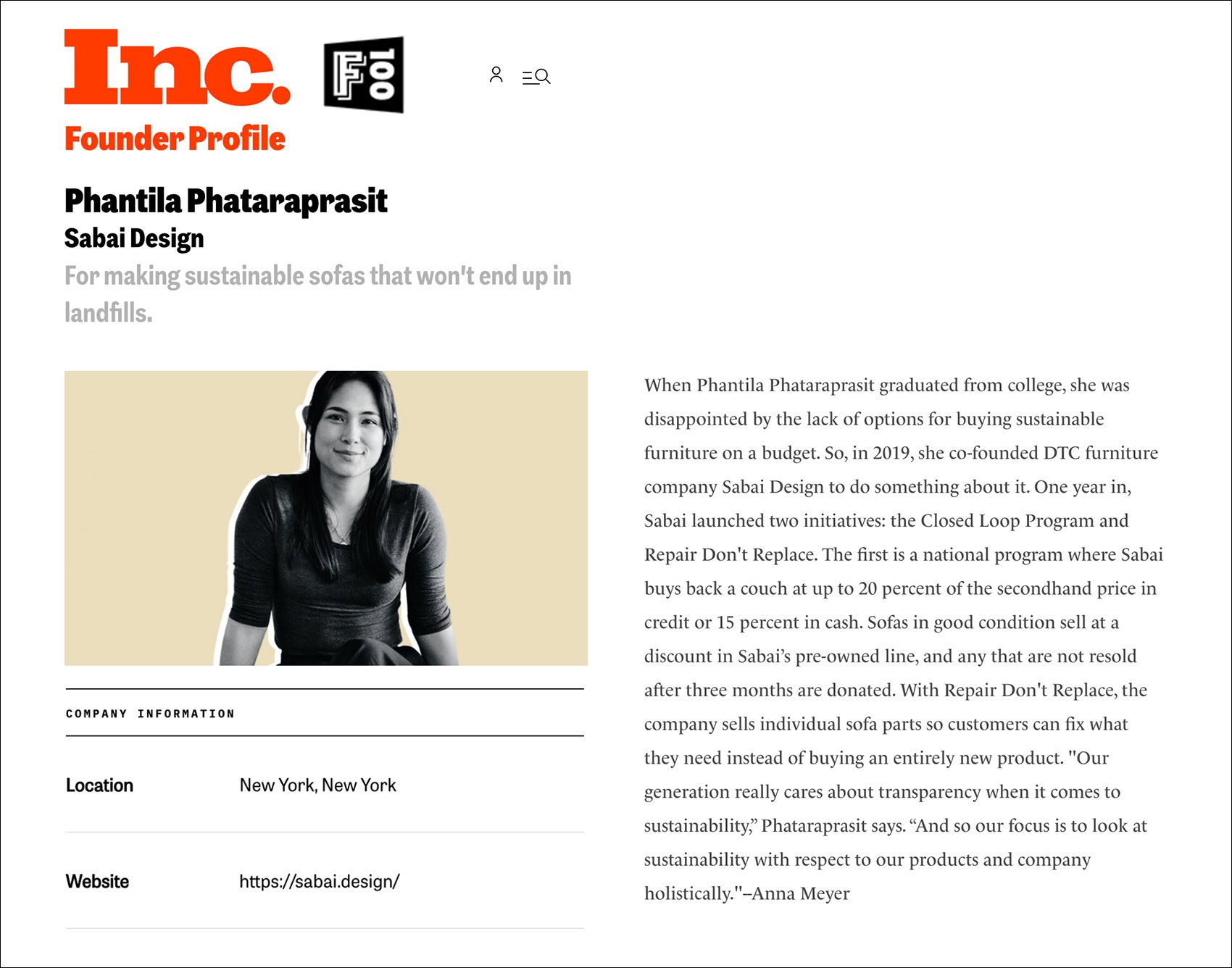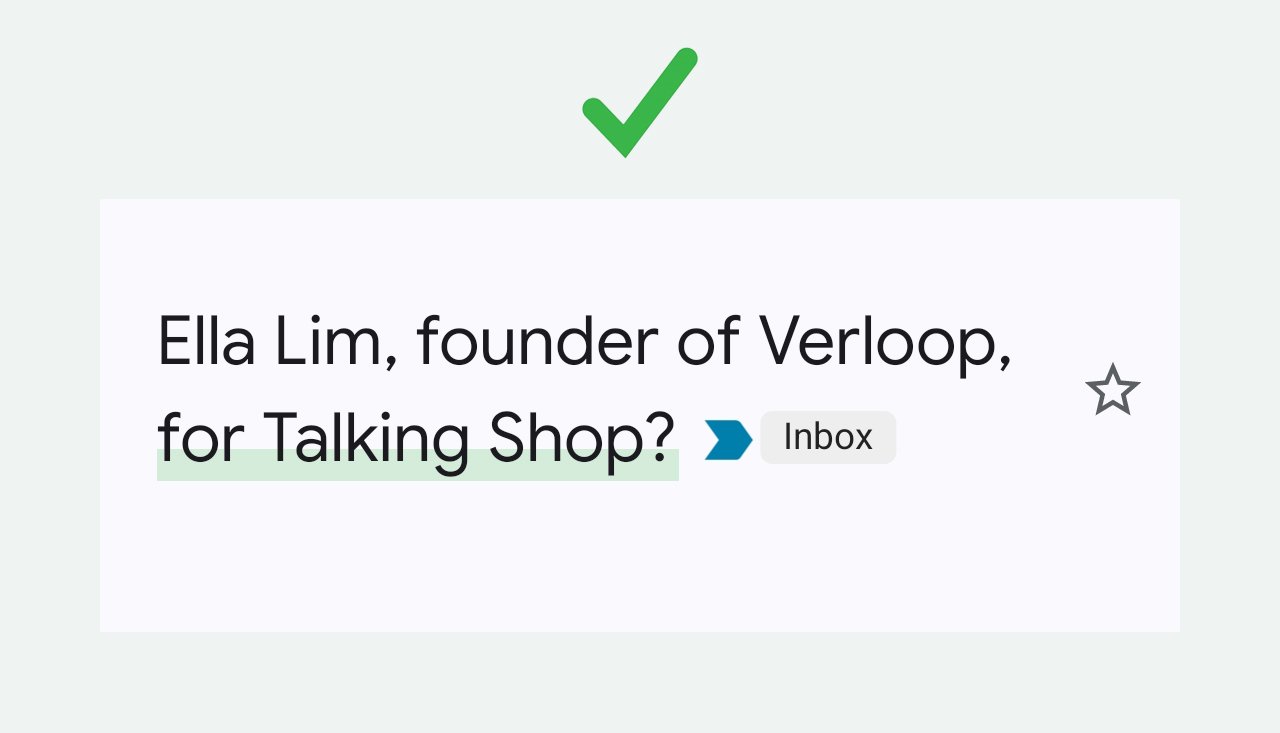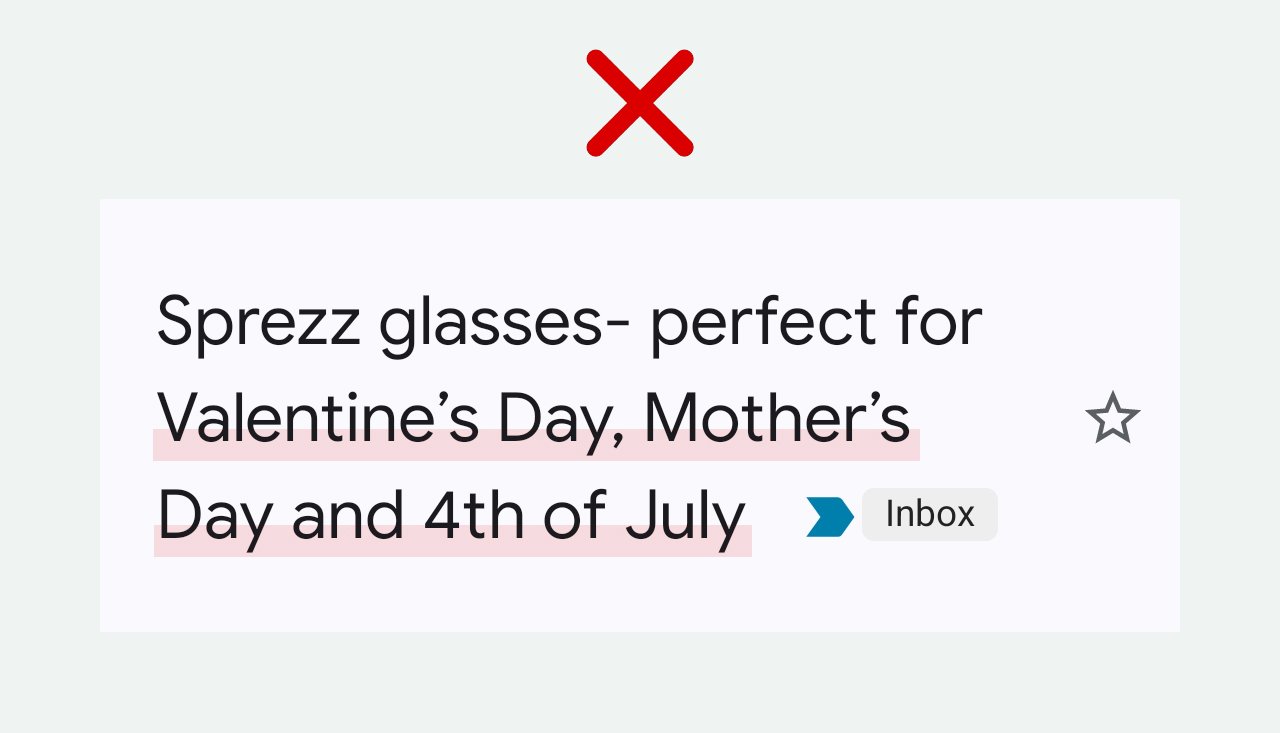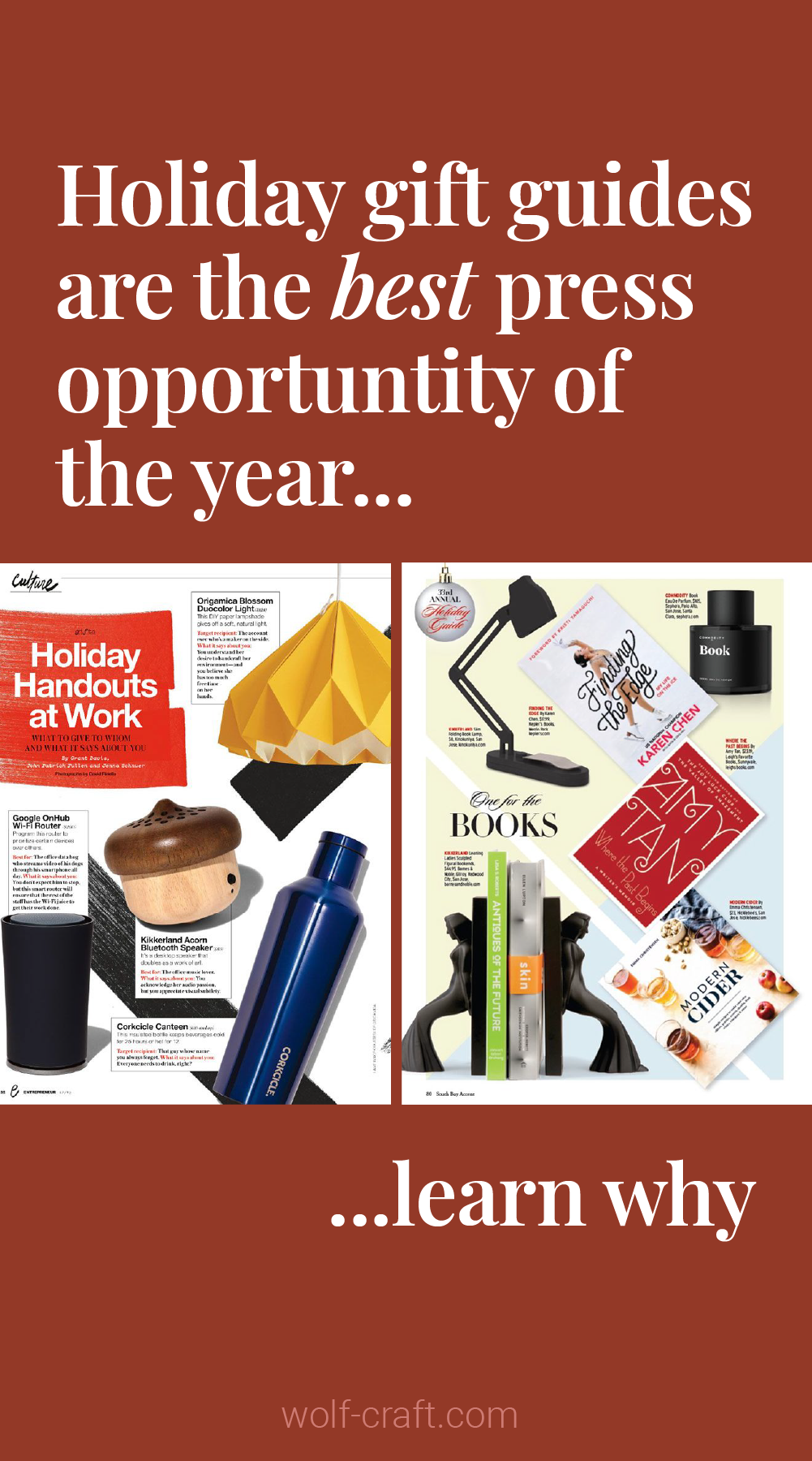How to Write Pitch Email Subject Lines that Editors Will Actually Open
The most important part of your pitch isn’t the pitch. It’s the email subject line.
Editors will decide to open your email, or send it to the trash, based on the subject line.
You know how important subject lines are. So, we wanted to give you actionable advice based on our real world experience. We dug into the pitch archives of our sister company, Wolf PR. And pulled together the do’s and don’ts of how to write pitch email subject lines editors will actually open.
Our first piece of advice: put yourself in an editor’s shoes. They get 100+ emails per day. That’s a lot of emails.
Think about what you wouldn’t open if you spent 5+ hours a day, every day, sifting through emails.
Good news for you, dear reader. All the pitch email subject lines below are real examples we’ve used to get press for our clients.
These are proven pitch subject lines editors will open, because they already did! These guidelines are the same guidelines we use everyday to refine our subject lines.
Our 11 best pitch email subject line tips
1. State what’s inside
Don’t- manufacture demand.
This subject line doesn’t tell me what ceramics will be inside: large, outdoor sculptures? Wall hangings? And why would my readers love them? Just because you said so?
This subject line doesn’t give me any info and comes off as presumptuous.
Using phrases like “open now”, or words like “urgent” are editor turn offs and can get you blocked from future correspondence.
And never use all caps.
Aggressive subject lines won’t get you the media opportunities you’re looking for. They make you look unprofessional. Editors are as savvy as they come, they aren’t falling for marketing tricks.
Do- get to the point & be useful.
This subject line tells the editor that the pitch will include new products.
This is important, since editors like to write about new things. The media is “the news” after all.
When an editor opens this pitch email, they know exactly what to expect, because you’ve also told them these new products are part of a “tabletop collection.”
For someone on a deadline, looking to finish their story with two more products, an email like this will rise to the open pile quickly!
Press result! Sight Unseen featured Haand in their round up of dinner plates.
2. Write it like a headline
Don’t- write a too-long subject line for your pitch email.
Pitch email subject lines that are packed with too much information are confusing. Especially because there is no picture for context. That’s what the body of your pitch email is for!
PLUS, subject lines that are too long get cut off. An editor may not see the most important information.
Ten words or 65 characters is a good rule. Although we do sometimes break it, the key is that the subject line does not get cut off in the editor's inbox.
If you feel like yours may be too long, do a test send and check.
Often, additional details like multiple product characteristics can be included in the body of the email.
Do- write your pitch email subject line like a headline.
Unsure how to write pitch email subject lines? Start by looking at the headlines of the publications you plan to reach out to.
Look at articles about your peers and competitors. Articles that you can imagine your work being a part of. This approach will show the editor that you understand the publication and what they write about.
Keep in mind that headline styles vary by outlet. Wired’s article headlines are different from headlines at Forbes, for example.
This subject line example includes a key piece of info. The slippers use *deadstock yarn* which is a huge differentiator and worth including.
Press result! Wired featured Verloop’s And Slippers in their round up recycled clothing.
3. Give it a season
Don’t- use subjective language.
“Unique”, “fun”, or “goes with everything” means different things to different people. Subjective words and phrases like this won’t help an editor understand what will be in the pitch email you sent them.
There’s no arguing if a glass is colorful. Either it is or it isn’t. If an editor is looking for colorful products, the word “fun” isn’t helpful.
There’s no arguing if a glass is a tumbler or champagne flute. Either it is or it isn’t. If an editor is looking for a specific type of glassware, that information is much more helpful than throw-away language like “goes with everything.”
Finally “unique glasses” could just as easily be the glasses you wear on your face, not the ones you set the table with! Another reason to be as specific as possible.
Do- spin your product to fit a season.
In the editorial world, seasonal features are HUGE. Think, Spring cleaning, Summer entertaining, and Fall favorites. You’ll even see super-specific themes like “Cures for post-holiday blues”.
Do you live in a region with a beach? Your local publications likely do beach-themed articles and product round-ups.
Do you live in a place that snows? There’s a great chance local outlets create content for themes like “staying cozy”. Products range from candles, throws, winter accessories, even cookware to make warm winter meals!
In this example, our client’s glasses (#6) can be used year round. OR on a winter-themed icy table. But, since they’re colorful and the coral shapes are “beachy” they’re a perfect fit for Summer entertaining round-ups. See what we did there??
4. Pitch recurring features
Don’t- write pitch email subject lines that lack key information.
Also avoid general phrases like “excited to be in touch”, “looking forward to hearing from you”, “reaching out”, etc.
These types of phrases eat up your very valuable subject line word count but don’t give the editor any useful information.
Also it’s obvious that you’re looking to get in touch, it’s an email after all.
Do- include the column’s title.
If you’re pitching a recurring feature, include the title of it in your the subject line of your pitch email.
The editor will immediately know what opportunity you’re pitching. You’ll also show that you’re familiar with the publication and what they write about.
Do your research to be sure your work is a good fit for the recurring feature. If you pitch a recurring feature that your work isn’t a good fit for, the editor may be hesitant to open any more emails you send their way.
5. Show me the money!
Don’t- overcomplicate the pitch subject line.
If you’re pitching a roundup of products under $25, you may want to include multiple items in this range.
There’s no need to overcomplicate things and list the price of each item in the subject line. There’s much more valuable information to include here, like the type of product! In this example hair clips.
We don’t recommend including price info at all if you are pitching several products in one email with varying prices. Like an item that is $18 with something else that is $150.
Do- use price strategically.
A LOT of gift guides and product roundups are organized by price point. Typically they’ll be something like “gifts under $25” or “gifts that won’t break the bank” or “the best cotton t-shirts under $50.”
You can use these ranges in your pitch subject line to let an editor know which price category your product fits into.
Using this info in a pitch subject line works if:
you’re pitching a product(s) that all fit under a specific price point
and you know (from research) that the editor does price-specific round ups and gift guides
6. Make it topical
Don’t- focus on a generic aspect of your product.
This subject line for this pitch email doesn’t tap into anything that’s currently happening. Have you heard the expression “Don’t bury the lede?”
Your subject line should clearly show why the work or project you are pitching is *newsworthy.*
While charging a phone while locked is a cool attribute, many lockers already do this, so that in and of itself isn’t news.
While this company has “launched lockers that charge phones” that’s not the hook. It’s not what makes the story topical or specifically ties it into a larger social trend or cultural moment.
Do- tie the subject line for your pitch email to a topical trend, moment, or event.
The return to work, the hybrid office, how companies adapt post-pandemic… You may have noticed a TON of articles about the return to the office.
In this example, we tied our client’s newest product to this trend using the words Hybrid Office.
Some of our other *topical* examples:
1) Barbiecore pieces from Verloop
2) Little Mermaid coral tumblers at Sprezz
3) Verloop's winter collection: house socks, dog sweaters, scarves & gloves
Two tie back to big pop culture movies. The third, ties into something as topical as the season.
If your work relates to a trend in a meaningful way, include it in your subject line!
7. Tie an unknown to a known
Don’t- talk about how coverage would benefit you.
Using phrases like “would love to be considered”, “would mean a lot to me” is as big of a don’t as words like “urgent” and using all caps.
Editors know you would love to be included in their coverage.
More importantly they didn't become an editor to make a random person they don’t know feel good. They have a point of view and an obligation to their readership.
You have to say in a very clear and compelling way *why* you should be considered for coverage, why you’d be interesting and valuable for their readers.
Pro tip- if you’re pitching founder profile opportunities, you’ll need a great image of yourself. Check out our founder photos Pinterest board.
Do- use a recognizable reference.
When your company is unknown, using a cultural reference for context can be invaluable. This is hard to pull off well, so test with caution and show trusted peers first.
Here, our sustainable sofa client is referencing the Impossible Burger. By that, they mean that the sofa looks great and is super comfortable while being sustainable.
Most people think sustainable furniture is ugly and looks like it's been upholstered with burlap. But Sabai’s designs easily compete with their peers. Much like an Impossible Burger tastes great, like a real burger, without sacrificing sustainability.
Here, this tactic worked because Inc.'s 100 Female Founders list is so competitive. Even though Sabai is an innovative sustainable furniture brand, that description isn’t sexy enough for a pitch email to this competitive opportunity.
8. Go behind-the-scenes
Don’t- sell to the editor.
Stay away from phrases like “perfect for” because it’s an opinion and can sound too marketing-y.
You may know your business is the “prefect fit” for an opportunity because you’ve done your research. But the editor doesn’t know you. And trust us, they get wayyyyy more “unperfect” pitches than “perfect” ones.
Use specific information to tell an editor *why* your business is a good fit.
Pro tip- Don’t know which publications to start reading? Go to the press pages of your competitors. Where have they been featured? Read those publications!
Do- read the publications you want to pitch.
This piece of advice sounds obvious, but you’d be surprised. Someone recently asked about getting into Parents Magazine. Bad news. Parents published their last issue in 2022. Now, if they had actually been reading Parents, they’d know that.
Once you start reading outlets that feature businesses like yours, you’ll quickly notice recurring features. Publications often do recurring Q&As with founders, behind-the-scenes articles, and business profiles.
If you want to pitch this type of opportunity, pay attention to the characteristics of businesses they’ve featured in the past. Some examples are: women owned, sustainable, or made in the USA. Use that info in your subject line.
We know that “Talking Shop” includes female founders, so we led with her name, founder title, and the column we were pitching. And all that packed into an eight-word subject line!
9. Make it a gift
Don’t- waste space saying you’re excited.
Save the subject line for key information about what you’re actually pitching.
The media always wants to cover the best stuff and stories.
Trust that they *know* you’re excited about your work. You and everyone else that has ever pitched them. Give them the meat of the story.
Also, remember to be as clear as possible, “new products” doesn't tell the editor who you are, what you sell, or what you are pitching to get featured.
Do- spin! Strategically!
Also, research, research, research. When you read the publications you want to pitch, you’ll notice A LOT of themes that come up year after year, season after season.
During the end-of-year holidays you’ll find tons of “stocking stuffer” product roundups. If you sell products that fit in a stocking and are affordable, you have a stocking stuffer! That’s your spin.
For home and design publications, like Dwell, the “stocking stuffers” they publish will be related to the home, like the felt coasters in this example.
A fitness magazine’s “stocking stuffers” would relate to the theme of the publication. Think, water bottles, scrunchies, books, healthy food, etc.
10. Zero in on a popular element
Don’t- write subject lines that don’t give enough information.
Avoid general phrases like “excited to be in touch”, “looking forward to hearing from you”, “reaching out”, etc.
These types of phrases eat up your very valuable subject line word count but don’t give the editor any useful information. And it’s obvious that you’re looking to get in touch, it’s an email after all.
Remember to put yourself in that editor’s shoes. You’re emailing someone who gets 100+ emails per day. That’s a lot of emails.
What are emails you open or don’t open, just based on the subject line?
Do- get specific.
Like articles for a gift recipient (think, gifts for: foodies, students, moms), publications create content around themes. A few examples are- astrology, luxe, cozy, travel, and pet-friendly. When working on pitch angles, think of themes like characteristics you use to describe what you sell.
There are common themes that come up over and over. Astrology is a HUGE one. Publications write astrology articles year round. Literally there’s a new sign to talk about every month. It’s a no brainer to pitch this angle!
You may be thinking, “well this is a soft ball, the glass has the Capricorn sign painted onto it. It’s an astrology product!” But the article has other “Gifts for Capricorns” — a “Karma Candle”, black scrunchie, and CBD gummies.
Now, was a scrunchie designed for Capricorns only? Of course not! But I bet they found a creative way to connect their work to Capricorn attributes.
Read the publications you want to pitch, see how they are putting together each piece, and get creative with your pitch angles!
11. Don’t forget small holidays
Don’t- pitch multiple holidays at once.
Editors work on editorial calendars.
What does this mean?
Mother’s Day Gifts article is due to come out in a blog on April 20th, an editor will likely start working on it 1-2 months ahead of time.
This means, if you want to get featured in their Mother’s Day round up, you’d send your pitch Mid-Feb to Early-March. That’s way too late for a Valentine’s Day pitch and way too early for a 4th of July Pitch.
Pitching for one specific holiday at the right time tells an editor you know what you’re doing and that you’re helpful because you’re sending them the right information right when they need it.
Do- keep the subject line simple.
When the pitch is simple, keep the pitch subject line simple.
If you're wondering how to write email subject lines for a straightforward holiday roundup, don’t overthink it.
Sometimes you’re simply pitching a product that is a good Mother’s Day or Valentine’s Day gift, and that’s okay.
The last thing you want to do is create a subject line that is catchy but misleading. Editors get product pitches all the time and it’s what they go to for gifting round-ups, for example.





